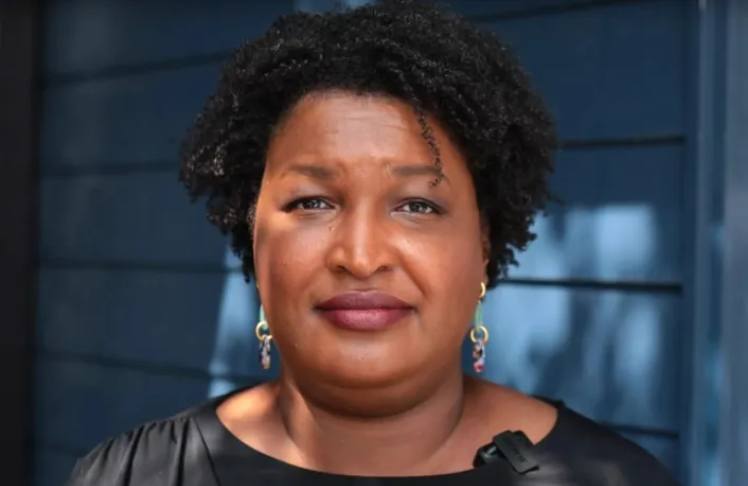
As we start to ramp up to another election season, it’s only expected that Stacey Abrams is making headlines again. But this time, it’s not for her political ambitions.
In March, she joined Rewiring America, a nonprofit dedicated to electrifying communities, as senior counsel.
According to a statement, in her new role at the nonprofit, Abrams will be “helping launch and scale a national awareness campaign and a network of large and small communities working to help Americans go electric.”
Electrification simply means replacing technologies and services that run on fossil fuels — like polluting coal and diesel — with ones that run on electricity from renewable sources.
For example, an April 2022 study published in the journal “Energy Policy” by researchers at the University of California, Davis found several benefits to switching from gas-powered furnaces to electric-based residential heat pumps. The researchers found the pumps “reduce carbon dioxide emissions by 38–53% over a gas furnace,” and can “reduce 20-Year global warming potential emissions by 53–67%.”
This isn’t Abrams’ first time fighting for climate justice. While a student at Spelman College, she did her senior thesis on environmental justice and interned at the Environmental Protection Agency. In addition, as a member of the Georgia House of Representatives, Abrams contributed to the passage of a bill that led to the state’s largest influx of cash towards public transportation — which can improve air quality by getting single-driver vehicles off the road.
Abrams was also raised on the Gulf Coast, an area known for polluting petrochemical plants. That experience inspired her to look into the impacts of climate change and the communities that are disproportionately affected.
Building a more affordable green energy infrastructure through electrification also has financial implications for households.
“We are at an inflection point, where families in the South and across the country live too close to the economic edge, and every dollar saved now changes their future,” Abrams said in a statement.
Indeed, in 2020, according to a study by Help Advisor, around 30% of Americans overall had a hard time paying their energy bill in full at least once over the previous 12 months. On top of that, 28% of Americans didn’t buy food or medicine so they could afford to pay an energy bill.
A 2022 Lending Tree survey also found that 40.0% of Black households were “most likely to report being unable to pay at least part of their energy bill” — the highest of any racial or ethnic group.
It’s no wonder Abrams has put aside her passion for campaign politics to become an electrification advocate.
Abrams brings considerable organizing chops to the fight for electrification. She became a household name when she helped 800,000 voters register in Georgia through her organization Fair Fight Action.
So while it may not be in her usual political role, Abrams has positioned herself to continue working for change.
“I look forward to working together as we build the tools that will transform everyday Americans from energy consumers to energy moguls in their own communities,” she said.















